
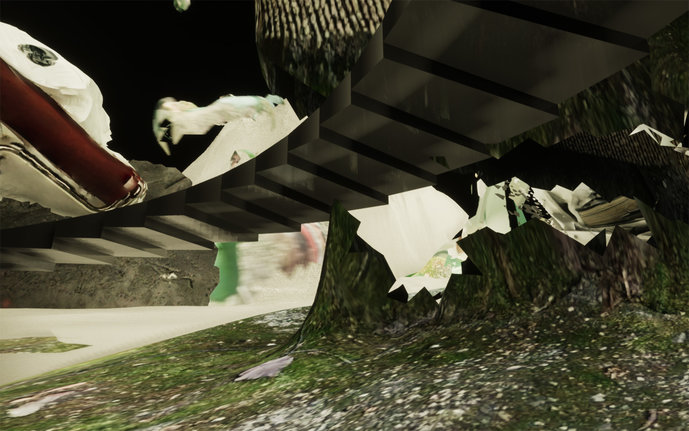
© Sven Krahl

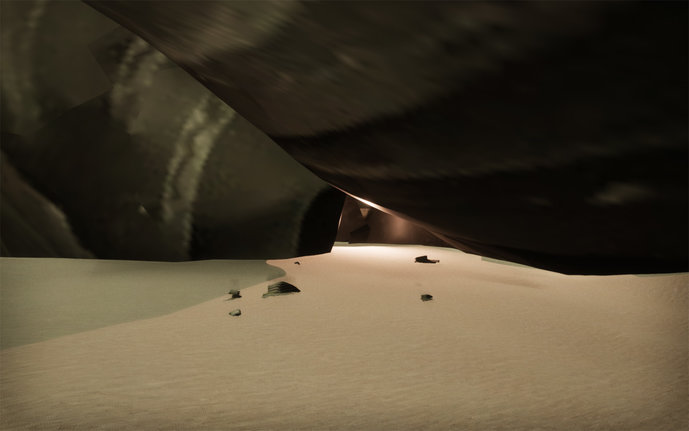
© Sven Krahl

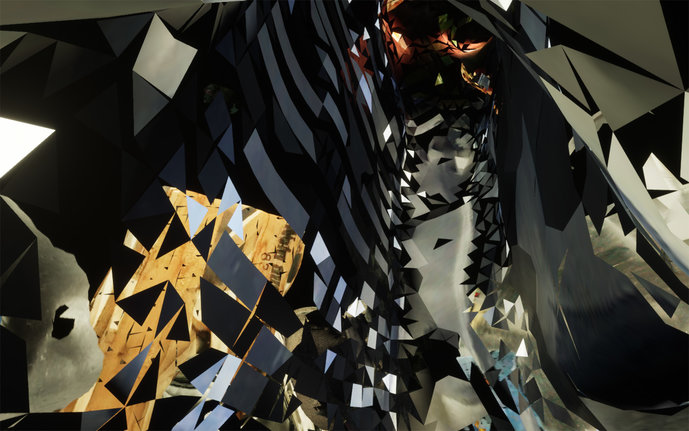
© Sven Krahl

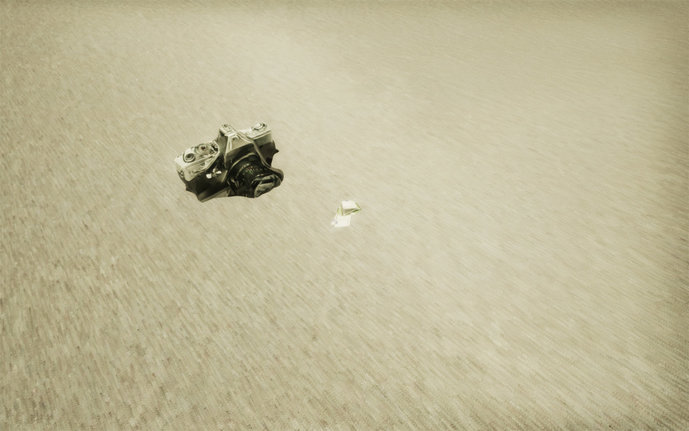
© Sven Krahl

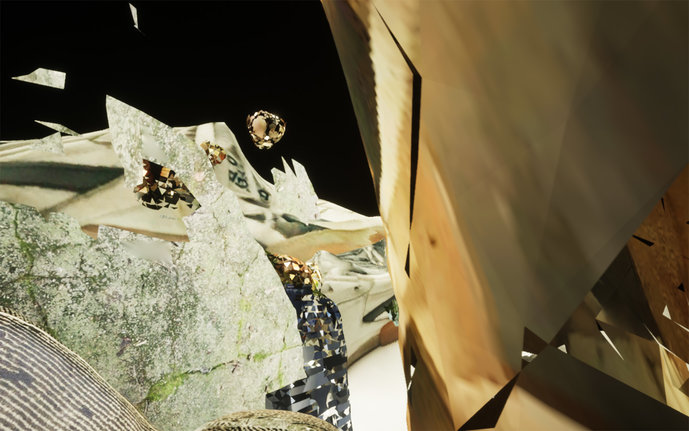
© Sven Krahl

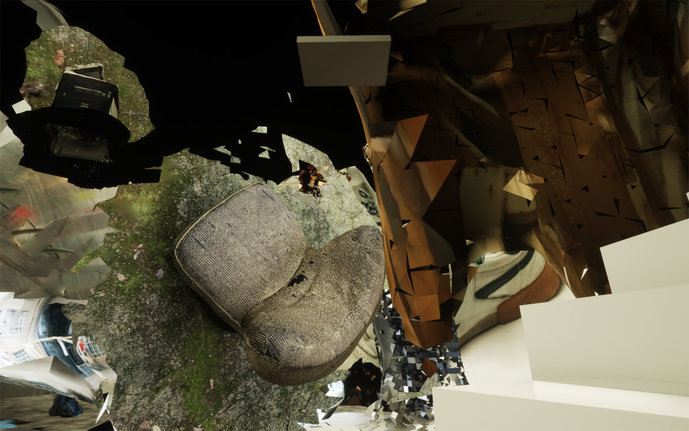
© Sven Krahl

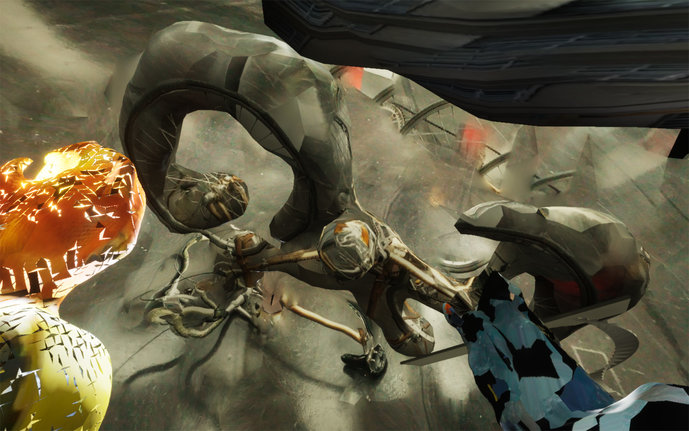
© Sven Krahl

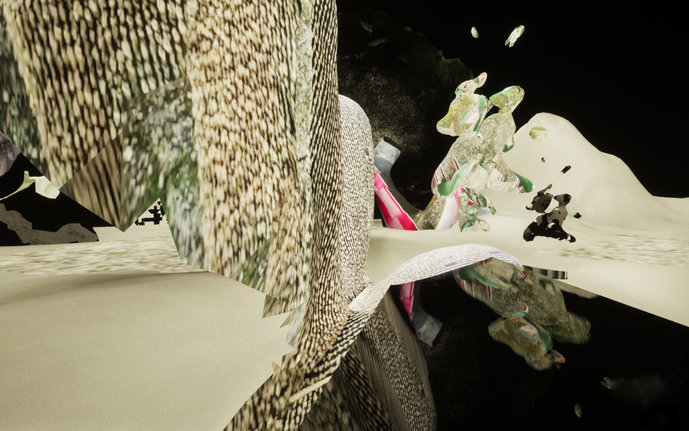
© Sven Krahl

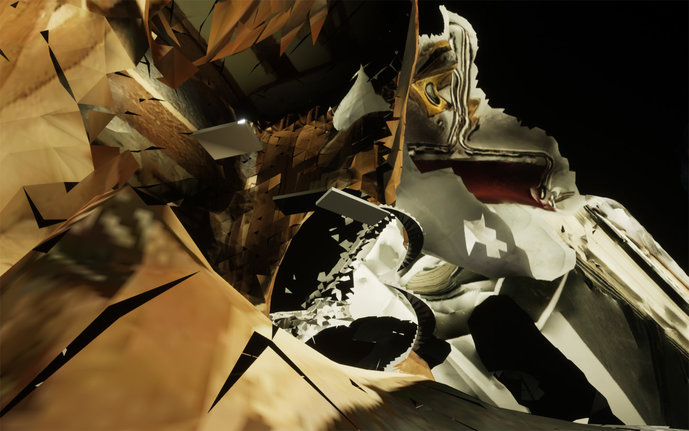
© Sven Krahl

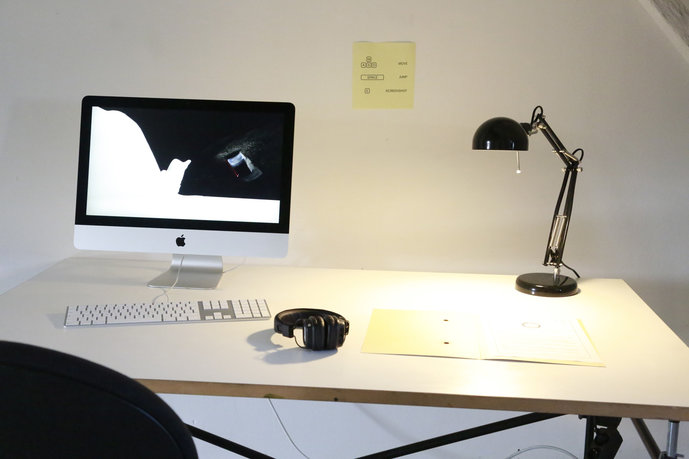
© Sven Krahl
The work CMAVSystem was conceived as a three-dimensional, interactive simulation. It is part of a dystopian future constructed by Sven Krahl and provides an insight into a fictional virtual space created on the basis of machine recorded stimuli of a brain. Using visual and acoustic memory fragments, the system generates ambiguous, aesthetic elements from cognitive stimuli. These generated elements are displayed for the viewer on the simulation user interface, the screen. The interactive viewer moves into the position of the protagonist, an agent, while exploring the virtual space. The user must navigate through the user interface of the Cognitive Memory Audio Visualization System in search of clues about a crime.
As the application is the latest groundbreaking development of the government's "Office of State Defense" in 2032, the program is still partially prone to error and visualizes the intercepted brainwaves with disruptions. This results in various fragments that cannot be displayed correctly on the user interface; moving too fast, flickering or rotating. In order to keep the extent of all these disruptive effects to a minimum, the system randomly inserts additional platforms and auxiliary elements into the virtual space. The agent is thus assisted to focus on the relevant clues and to see the thought fragments from other perspectives, which may lead to the capture of the offender.
Concretely, the game revolves around case FG-230, in which the guilt and complicity of a suspected person is to be proven in a counterfeit case. Any form of suspicious memorabilia should therefore be documented immediately with the help of the implemented screenshot function and archived on the desktop. Naturally, the agent’s highest level of attention is required - entirely guided by the added auxiliary elements - to explore the entire virtual space and to find all the relevant artifacts. If the agent thinks s/he has found enough incriminating material, the Escape key can be used to stop the CMAV system and convict the suspect.
For the final implementation of the project a commercial 3D-scan app was used on a smartphone. With the targeted use of this program and various everyday objects, the desired aesthetics of the objects could be achieved especially well. Atmospherically, the game is accompanied by audio tracks recorded in everyday life, which become louder, softer or mix as the position in the virtual space changes. In combination with the mystical lighting, an exciting dystopian setting emerges in virtual space.
An important component of the entire game installation is the staging in the room. Through a skillfully deployed duplication of reality and fiction, the transition point from one to the other medium is clarified and a leap into the virtual world is suggested.
Interactive work produced in “Overrated Reality“
Tutors: Ivan Weiss & Michael Kryenbühl